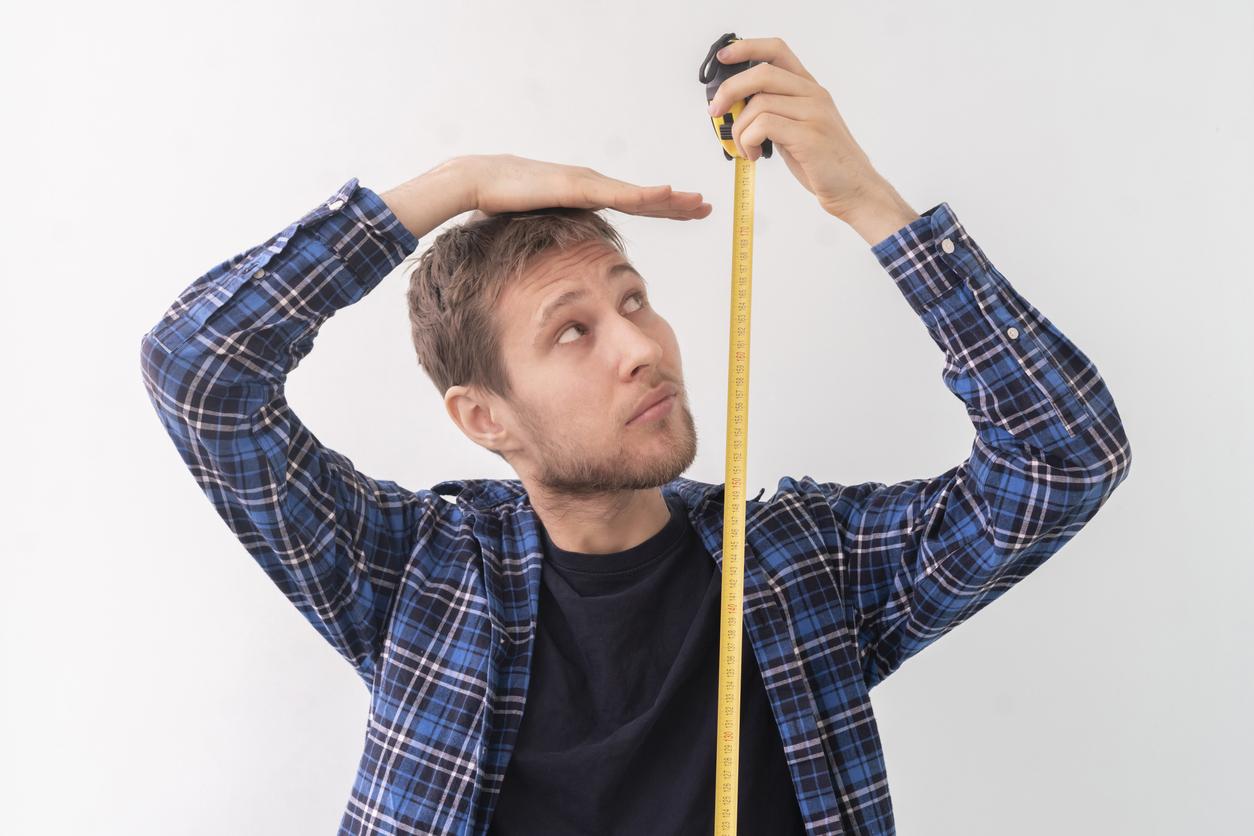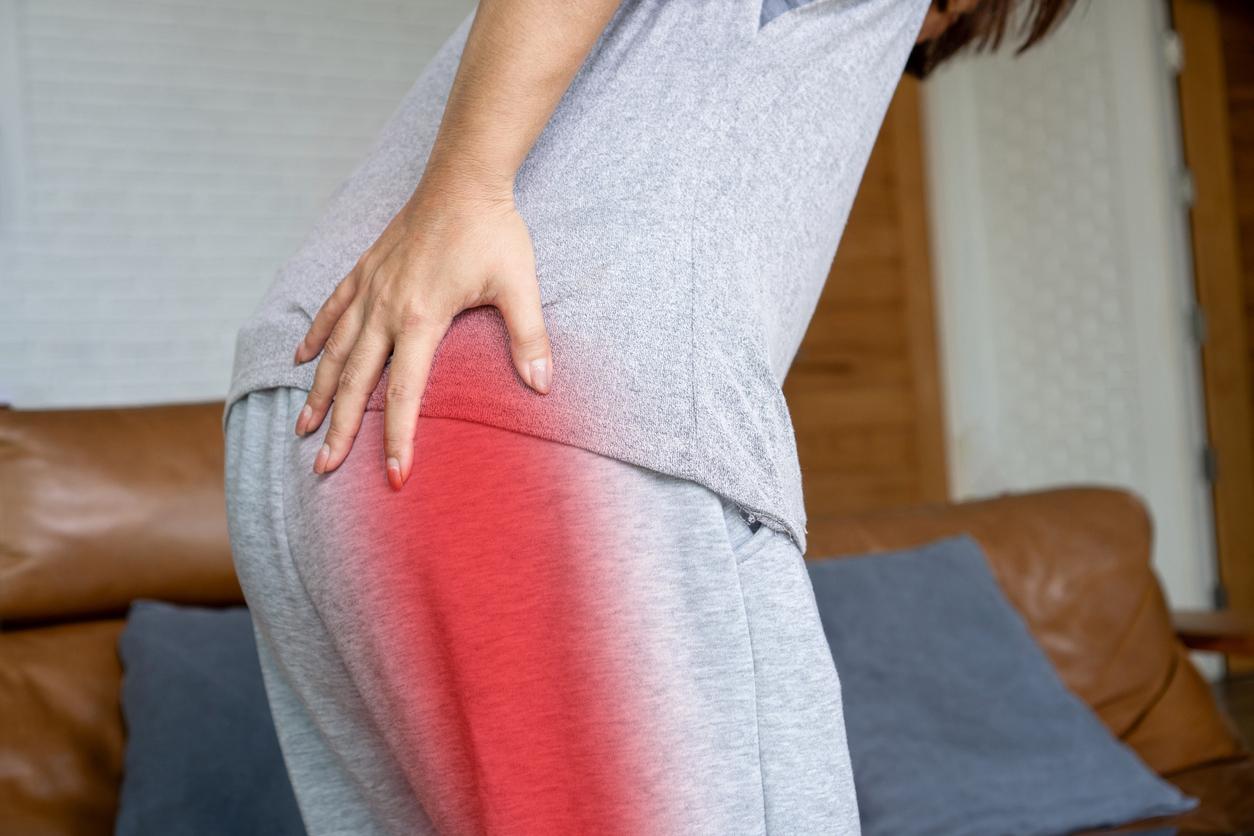August 26, 2008 – After menopause, up to one in three women would experience pain during sex; a sexual disorder called dyspareunia or coital pain. Despite this high proportion, we still know little about the true causes of this sexual dysfunction and the best ways to relieve it, concludes a team from McGill University, which has scoured the scientific literature on the subject.
It has always been taken for granted that this problem is the result of decreased estrogen secretion. This is because hormonal deficiency can lead to atrophy of the vagina. It is therefore not surprising that, almost always, doctors choose to prescribe replacement hormones to their patients. And yet, 15% to 20% of those who try hormone therapy experience no relief, the researchers say.
It is high time to take an interest in the other factors behind dyspareunia, believes the McGill team: dermatological conditions, pelvic floor muscle dysfunction, psychological or relationship factors, etc.
“We hardly ever ask women about the type of pain they experience,” laments Yitzchak Binik, professor in the Department of Psychology and director of the Sexual and Couple Therapy Service at McGill University. “When a patient complains of a headache, they are asked if the pain is localized or generalized. Does it act on the surface? In depth? We neglect to ask these questions of women with dyspareunia. “
With Alina Kao, doctoral candidate, Yitzchak Binik will lead an unprecedented research project on dyspareunia: 200 postmenopausal women will be recruited. For each, a complete physiological and psychosocial profile will be drawn up in order to be able to offer treatments adapted to each person’s condition.
To complete their study, the researchers are looking for participants. For more information: 514-398-5323.
Dominique Forget – PasseportSanté.net
1. Kao A, Binik YM et al. Dyspareunia in postmenopausal women: a critical review, Pain Res Manag. 2008 May-Jun; 13 (3): 243-54.

















